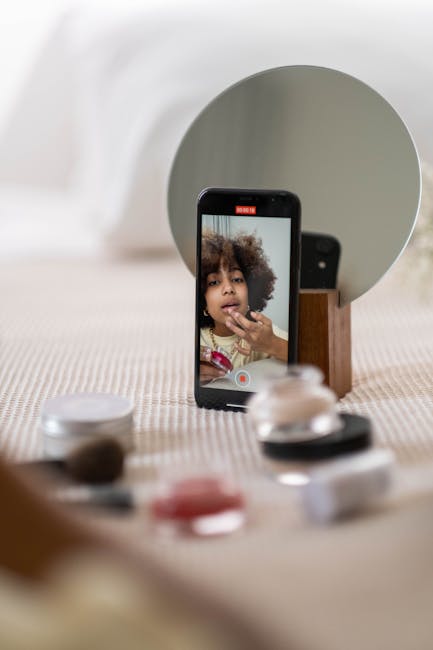Understanding Microinteractions

Microinteractions are the small, often overlooked actions that users engage in while interacting with a mobile app. These can range from the 'like' button animation on social media to the pull-to-refresh feature in content feeds. These micro moments play a significant role in guiding the user's journey through an app, making interactions more informative and delightful.
The design and execution of microinteractions are crucial in retaining user attention. They must feel intuitive and respond in a way that feels natural to the user. Well-crafted microinteractions often go unnoticed by users because they blend seamlessly into the app's overall design and user experience. A key to successful microinteractions is their ability to encourage user participation without being distracting. By providing immediate feedback, they can minimize user confusion and reduce error rates. When done correctly, these interactions can also act as a teaching tool, subtly guiding the user on how to use the application.



















